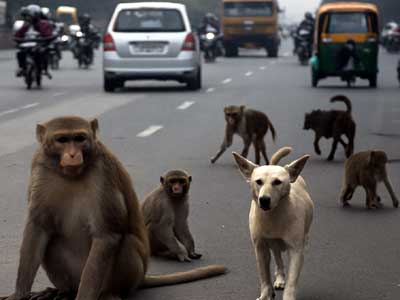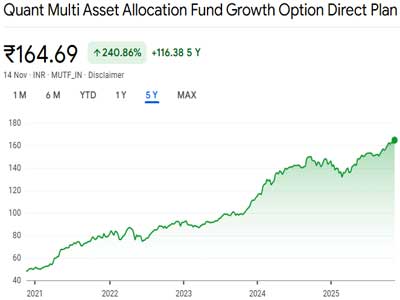{googleAds}
<div style="float:left">
<SCRIPT SRC="http://g.admedia.com/banner.php?type=graphical&pid=2036944&size=300x250&page_url=[ENCODED_PAGE_URL]" TYPE="text/javascript" ></SCRIPT>
</div>
{/googleAds} Alfonso Cuaron's film, starring Sandra Bullock and George Clooney, has struck a nerve with critics and audiences alike, who have spoken with wonder about the 3-D world he’s created: the vastness of space, at once brilliant and lonely, peaceful and fear-inducing, and the courage and ingenuity it takes to navigate it.
As AO Scott wrote in The New York Times, “Much as Gravity revels in the giddy, scary thrill of weightlessness, it is, finally, about the longing to be pulled back down onto the crowded, watery sphere where life is tedious, complicated, sad and possible.
Popławski, a senior lecturer in physics who joined the University of New Haven faculty this fall, and recently told National Geographic that we are living in a Black Hole, said it is a subject that fascinates people of all ages.
He think it connects to people’s curiosity about the world, about space, about the origins of the universe,” he said. “We are just a little part of everything, and the film discusses this. Basically we don’t know the vastness of the universe, so it’s no wonder people want to know about space and also why people want to go into space.


















Related Items
Pioneering India's bright future in space…
Aiming for 50 Lakh Saplings this year, but where is the space?
FTII student bags ‘La Cinef’ Award at 77th Cannes Film Festival